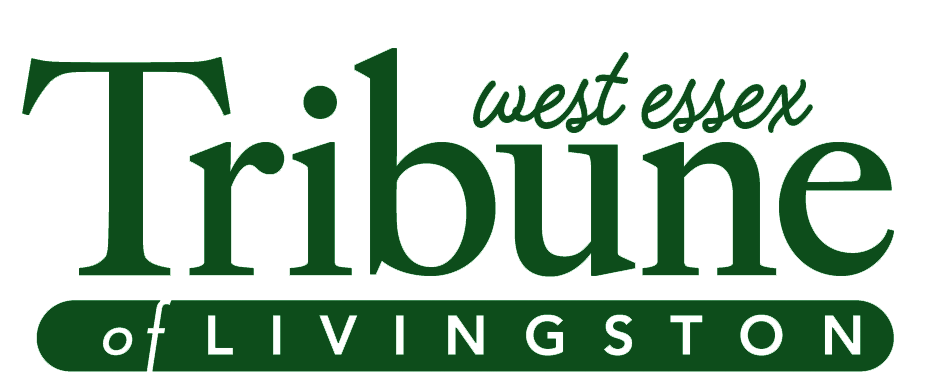During the Monday, January 27, Township Council meeting, Graham Petto, principal planner of the planning company Topology, gave a presentation on Livingston’s fourth round obligation under Fair Share Housing; the latest phase runs for the next ten years. The Council had heard this presentation in a closed session at the previous meeting and asked to have it be shared with the public, as well. It details how the town settled on submitting a figure of 407 affordable units in this latest round.
Timeline of Process
Petto explained the rough timeline of the fourth round compliance process.
The Council must adopt an obliga-tion number by resolution by January 31. February 28 is then the deadline for the state to file an objection to that obligation number. If challenged, there is a review by the Affordable Housing Dispute Resolution Program that takes place in March.
The deadline for the Planning Board to adopt the town’s Fair Share Plan, and for the Council to endorse it, is June 30. That will follow another challenge period of two months, where the Housing Element and Fair Share Plan (HEFSP) may dispute the number. Those challenges should be resolved through recommendations of the Affordable Housing Dispute Resolution Program by the end of 2025.
A final deadline for adoption of all implementation mechanisms in HEFSP is set for March of 2026.
Determining the Number
The numbers each municipality is assigned in the fourth round are generated through a calculation methodology that averages three factors: income capacity, non-residential valuation change, and land capacity. Livingston is in region two of six in the state, which includes Essex, Morris, Union, and Warren counties. To come up with the number of units needed, the calculation is to divide that region’s 51,264 new households between 2010 and2020 (according to census data), and divide by 2.5. That makes the total prospective need of low and moderate income households in region two to be 20,506.
Within region two, there are 104 municipalities, 13 of which are Qualified Urban Aid municipalities and therefore exempt from this process. Township officials noted that they are disputing some of the munici-palities that are on that list, such as Montclair. Should some of them be included, Livingston’s allocated number would drop. Currently, that leaves 91 municipalities responsible for creating 20,506 affordable units over the next decade.
Based on the data, Livngston’s income capacity factor was the third highest in the region at 3.00. Its nonresidential valuation change factor was 2.69, the ninth highest in the region. The land capacity factor (estimating the developable land) was 1.06, 24th of the 91 region two municipalities. Averaging those three numbers together sets the allocation factor for Livingston at 2.25 percent of the 20,506, which comes out to 461 units.
However, Topology looked at the areas of Livingston that the state deemed developable and found that much of those areas were not actually possible places to build homes. As a result, they modified the land capac (Continued on Page A-6) ity factor to 0.27 percent, giving the town a new allocation factor of 2.01 percent. The land allocation factor is the only one of the three that can be disputed, and it is also the “weakest” of the three for Livingston, according to Petto. To wit, if Livingston had no available land, the town would still be required to build 388 affordable units over the next decade.
The new calculation – 20,506 divided by 2.01 – results in the town’s modified value of 407 affordable units, the number that officials intend to submit to the state.
“It’s very mathematical, it’s very statutorial. I think that Topology did an amazing job going property by property. A lot of municipalities are going through this and not going through this painstaking detail” township attorney Jarrid Kantor said. “This doesn’t mean we are going to have to build 407 affordable units. The next step will be doing a vacant land adjustment to understand what our realistic development potential is, but this is coming up with our modified need, based on the DCA number. There’s not really much wiggle room. I think we can justify this 407 based on the work Topology has done.”
Kantor also noted that while downward adjustments can be made due to a municipality’s sewer or water capacity, the size of school districts and police and fire departments do not matter to the number, which he said was “a disappointment.”
Surplus Credits
Mayor Ed Meinhardt noted that there are surplus credits from the third round that will carry over as well – 124 surplus credits through the third round settlement agreement related to the upcoming overlay zoning at the Livingston Mall. These will be carried into the final fourth round number, meaning 124 affordable units will ultimately be subtracted.
As part of that agreement, 376 units (76 of which are affordable) will be built solely on the Transformcoowned portion of the mall, which was formerly the site of Sears.
The settlement preserved the rest of the mall property, protecting it from builders in the fourth round.
“We can’t be forced to use the Livingston Mall in the fourth round,” Kantor said. “We certainly can allow it, but we can’t be forced to.”
Kantor noted that the Department of Community Affairs (DCA) had been looking to put units across the entire span of the mall. Council member Michael Vieira noted that doing so could have resulted in thousands of units and the settlement agreement was “a huge victory” for the town.
Additional Comment
Council member Ketan Bhuptani noted that being proactive and ready to dispute the number assigned to Livingston sets the town apart from many other municipalities who were less prepared to do so.
Deputy Mayor Shawn Klein noted that developers who built these affordable units typically do so at a four-to-one ratio, meaning that the 461 would potentially mean 2,300 new units built in town.
“We have 10,000 households in this municipality right now and to add another almost 25 percent more households, that’s what we’re talking about here,” Klein said. “So if you want to talk about changing the character of Livingston, you want to talk about taking a place that is, I think, in my opinion, kind of a golden goose and a place where people can come from wonderful neighborhoods and be at schools that do an outstanding job for our students and a place to make us all very proud. When you change the character, you may chase away the people that are bringing that to this town… you may be destroying the access that they’re getting.”
Vieira said that he was pleased that the Council and township officials are starting this fourth round process early. He noted that the Council was in a difficult spot having to address the third round obligation all in the final years of that process, and it will not come to that in the fourth phase.
“I’m just very happy that we’re starting very early so that we can get a handle on all of this so it doesn’t come down to the final year of round four, where everything just gets shoved down our throats,” Vieira said.
Council member Al Anthony praised Topology’s expertise on pushing back on the DCA’s number.
“Sometimes a number is picked and it really has no basis in reality when you really take the deep dive,” Anthony said.
Related Resolutions
Following the presentation, the township passed a resolution committing to the Department of Community Affairs’ round four present need obligation of zero units in Livingston. In the same resolution, the Council approved a modification of the DCA’s prospective need obligation of 461 units to 407 units, based on Topology’s findings about the available land in town.
Following the meeting, Kantor said his office intended to file a declaratory judgment complaint in Essex County attaching the resolution to explain the lower number of prospective units.
Several related contracts were also approved during the meeting.A $75,000 contract was awarded to McManimon, Scotland and Baumann for redevelopment counsel services. A $50,000 contract was awarded to Antonelli Kantor Rivera for affordable housing counsel.Also approved during the meeting was a $90,000 contract with Topology for the preparation of redevelopment plans and overall planning services. All three contracts run through the end of the year.


